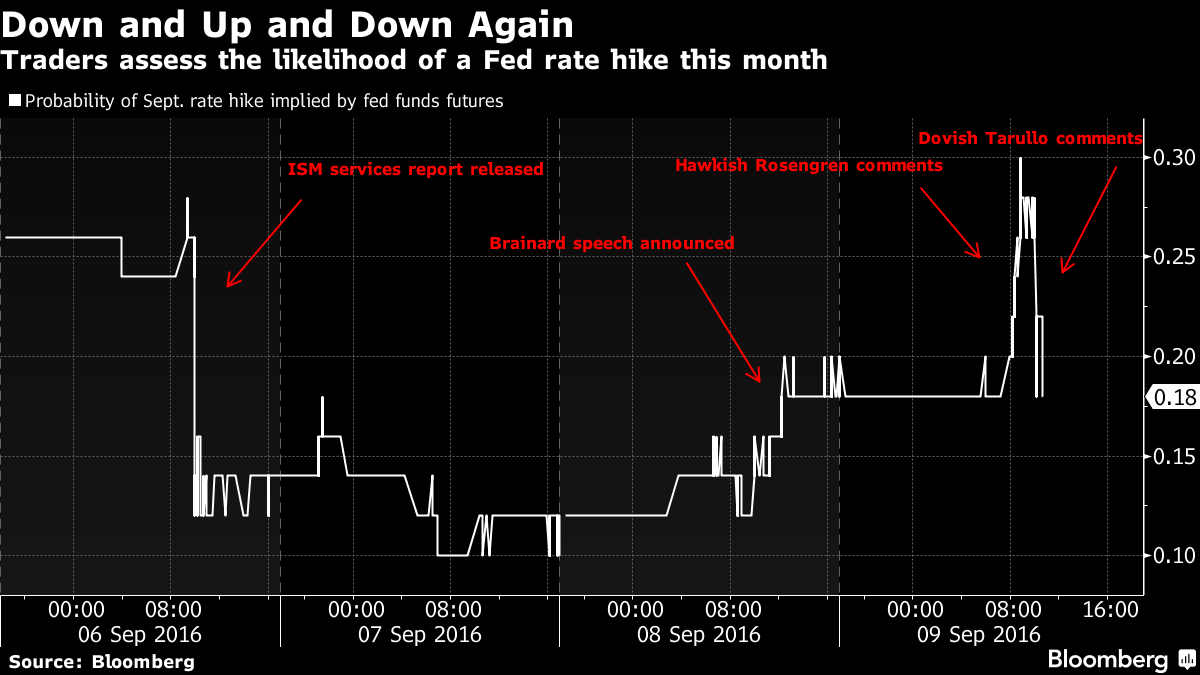Size of figure can be misleading, but some of those assets are hard to value, stoking concern among investors
Concerns about Deutsche Bank’s derivatives exposure is adding to other worries about Germany’s largest lender by assets.
By MIKE BIRD
Updated Oct. 5, 2016 1:53 p.m. ET
Shares in Deutsche Bank AG have fallen by more than 48% this year amid concerns that the lender faces a hefty fine from the Justice Department and as its core lending business suffers from low interest rates and weak economic growth.
But some analysts also worry about the exposure at Germany’s largest bank by assets to derivatives and the large pool of hard-to-value assets that the bank holds on its books. Derivatives are financial contracts that draw their value from the performance of an underlying asset, index or interest rate. They can be used to hedge risks.
How vulnerable is Deutsche Bank to derivatives?
In its 2015 annual report, Deutsche Bank said its exposure to derivatives was €41.940 trillion ($46.994 trillion). As a comparison, Germany’s gross domestic product was €3.032 trillion in 2015.
But that raw size can be misleading, since it covers the notional value of the derivatives. For instance, the notional value of an interest-rate swap—the amount from which the payments to each party are calculated—may be large but the actual derivative may cover only small interest payments for either party. That makes the risk to either side much smaller than the figures suggest.
That means its exposure could be considerably smaller than the value of the derivative. Many derivatives contracts also cap their losses.
Most of the derivatives Deutsche Bank is exposed to aren’t overly complex. About 78% of its derivatives exposure allows people to hedge the risks of movements in interest rates.
And as with many other banks, Deutsche Bank’s exposure to derivatives has been falling, peaking in 2011 during the height of the euro crisis, at €59.195 trillion.
What is the problem then?
While the derivatives pile may not be as large as the headline number suggests, Deutsche Bank is sitting on a pile of assets that are hard to value when some investors don’t need much excuse to sell its stock. That unknown is contained in the Level 3 assets it holds, or those whose value is difficult to determine, such as complex derivatives and distressed debt.
Deutsche Bank has more Level 3 assets compared with its common equity Tier 1 ratio, a measure of financial strength, than its peers. Its Level 3 assets are estimated as being valued at 72% of its Tier 1 assets, according to J.P. Morgan Chase & Co. analysts. That compares with a 38% average for 12 global banks.
The difference is in part because of derivatives. At the end of last year, Deutsche Bank was sitting on a pool of $10.2 billion in illiquid derivatives, according to the bank’s own valuations, compared with $8 billion for Barclays PLC and $5.9 billion for Goldman Sachs Group Inc.
For illiquid assets, investors have to rely largely on the bank’s internal valuations, which S&P Global Ratings noted “could be vulnerable to adverse changes in the underlying assumptions.”
Is it something to worry about?
Because these illiquid assets are harder to evaluate, that stokes concern when a bank is being squeezed in the market.
David Hendler of advisory firm Viola Risk Advisors said the bank is developing a “Lehman-like profile,” and the Level 3 holdings pose a considerable risk to Deutsche Bank’s capital base, given the lender’s low earnings.
Many other analysts aren’t panicking.
Banks disclose far more information about derivatives than in prior years. “Deutsche Bank’s capital, leverage and asset quality ratios already take into account many more derivative-related risks than in the past,” said Simon Adamson, CEO of research firm CreditSights, in a recent note.
UBS Group AG notes that Deutsche Bank has €223 billion in liquidity reserves: cash, cash-like holdings and highly liquid securities. And its liquidity coverage ratio, as mandated by regulators, is 24% higher than the minimum requirement.
As with the bank’s derivatives book, Level 3 assets are generally a much smaller proportion of the bank’s business than they once were. They were €28.9 billion in the second quarter of this year, down from €88 billion in 2007.
So, the selloff isn’t about derivatives?
Not really. For Deutsche Bank, there is a list of greater concerns.
Last month, The Wall Street Journal reported that the Justice Department proposed the bank pay $14 billion to settle mortgage-securities probes stemming from the financial crisis. Deutsche Bank said it wouldn’t pay “anywhere near” that amount and many observers expect a smaller fine, but it adds to the stress when the bank’s earnings outlook looks so bleak.
Eurozone banks’ expected earnings per share is down by about three-quarters since its peak in early 2008, according to FactSet. Deutsche Bank’s situation is even grimmer, with forward EPS more than 85% lower than its peak.
A miserable outlook for earnings makes the company’s shares less attractive, reducing their price. It also makes it more expensive for the company to raise capital.
The worries about an opaque corner of the bank’s derivatives business doesn’t help Deutsche Bank as it tries to soothe investors’ concerns.
Write to Mike Bird at Mike.Bird@wsj.com




